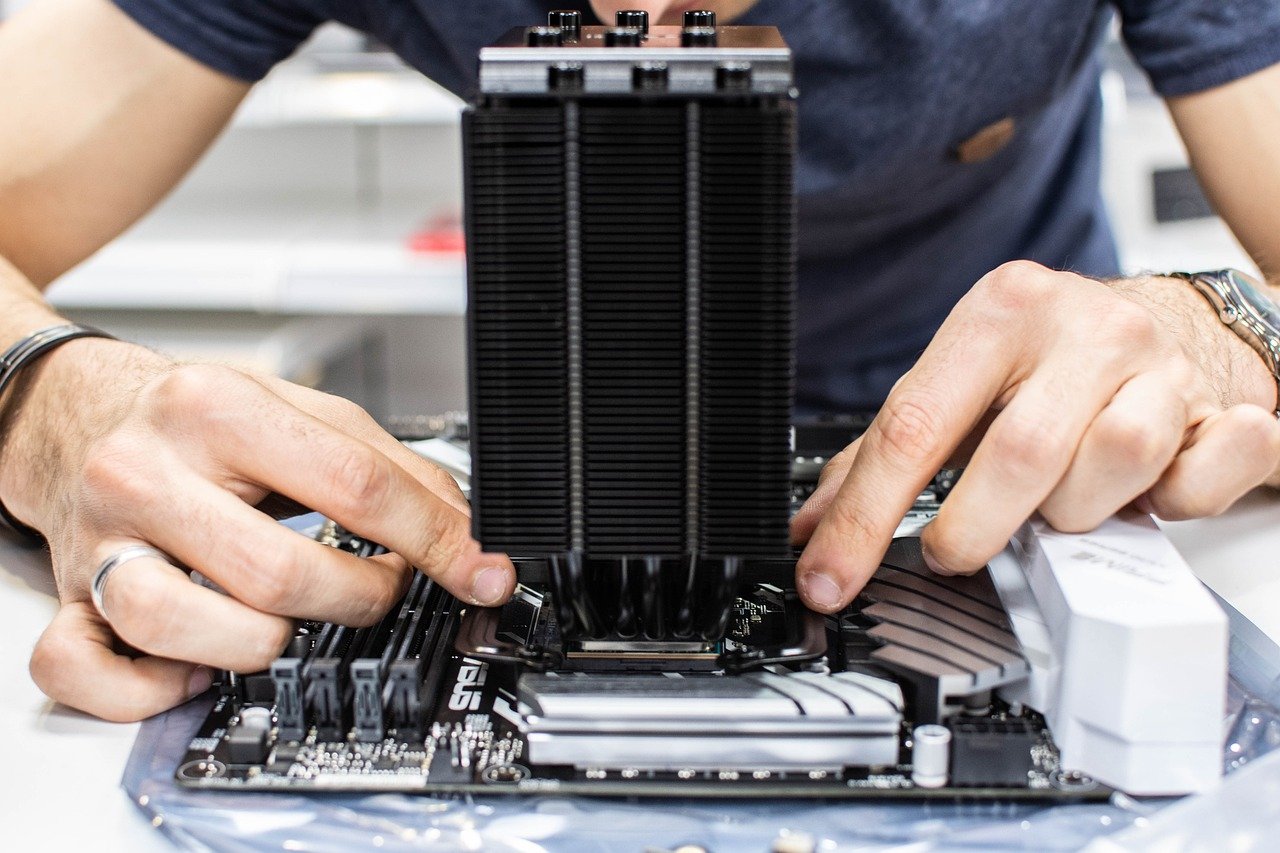The motherboard is the most important component of a system. It is one of those components that is responsible for the performance and overall working of the system. Therefore regular maintenance and caring seasons are essential for better and efficient work performance.
Moreover, if you are looking for a motherboard in UAE then you can definitely check online and even offline but if you are looking for motherboard cleaning and care tips then this blog is a one-stop solution for all your queries.
Power Off and Unplug
The first step of cleaning the motherboard includes powering off the system, unplugging the system, and shutting it down completely. Once the system is fully turned off then take off the outer frame of your pc case. Don’t make the mistake of starting to clean the motherboard without turning it off because safety always comes first.
Gentle Dusting
Dust can ruin everything, especially when it comes to electronic items. Therefore, gentle dusting on a regular basis is recommended so that the item keeps on working at its full efficiency. Take a soft brush or you can take a microfiber towel as well.
Gently brush or rube the clothes over the motherboard until all the dust has been dusted off. This simple and easy step can prevent your system from getting heated up or lowering the performance of your system.
Check for Loose Connections
Once you are done with dusting the motherboard it’s time to check if all the connections are connected well or not. Ensure all the connectors in the motherboard are connected properly and they are not losing either. For example check the connection of RAM, modules, and expansion cards. If any one of them is lost try to connect them properly.
Inspect for Visual Anomalies
Closely inspect your system to find out any signs of visual anomalies. Find out any burnt or damaged capacitors if there are any. Or you can look out for anything that may seem a little off or not in place as it should be.
If you find anything like that it is better to contact a technical expert for further assistance and make sure that your system is fine.
Cable Management
If you are much into tech and computers then you must relate with this. A neat and tidy cable management will make your overall system so good and it looks good too.
Also, proper cable management is much needed not only for performance but also for better airflow and cooling. Take a moment and organize all the cables nicely. Make sure they are in the right place and don’t look untidy. Cable management will enhance your computer aesthetics too.
Use Antistatic Measures
Do you know that static electricity is harmful to all electronic items including computer systems too? It is extremely important to avoid potential damage by using proper measures while you are working on your computer.
You can do this by simply avoiding touching the metal parts of the system and also using an antistatic wrist strap if you want to handle a PC motherboard or any other component of the system.
Clean the Ports
Now it is the time to remove extra dust and debris in other parts of the PC too. For example dust off the USB, HDMI, and other connecting ports. Use a soft and small brush to clean all the areas nicely. You can use a cloth too but it is recommended to do it with a brush for a better cleaning process and the safety of the components too.
Temperature Monitoring
Have you ever wondered how important and essential it is to monitor the temperature of the system when you are working on it for hours? in conditions you ever notice that your PC is heating up then immediately shut it down.
If the temperature rises your system will be in extreme danger. If the temperature remains high then it is an indication that the system has cooling and airflow issues. Try to fix them as soon as possible to avoid any mishaps.
Update Your BIOS
Updating the BIOS of the motherboard also plays an important role in its performance. BIOS are basically a basic input and output system that can help the user to fix multiple problems. The updating of BIOS can help you to fix bugs in the system more efficiently and also helps to improve the performance of the motherboard.
Conclusion
This blog includes cleaning, caring, and maintaining tips for the motherboard. The motherboard of the system is responsible for its working and performance. Those people who know the importance of maintaining computer components know the importance of cleaning the motherboard too.
Your system’s lifespan may be practically increased with routine cleaning and maintenance, which also guarantees that it will continue to function flawlessly.
We’ve covered nearly every cleaning and maintenance technique you need to know in this blog to ensure that not only your motherboard but your entire system operates without any problems with ventilation, heating, or other issues.








